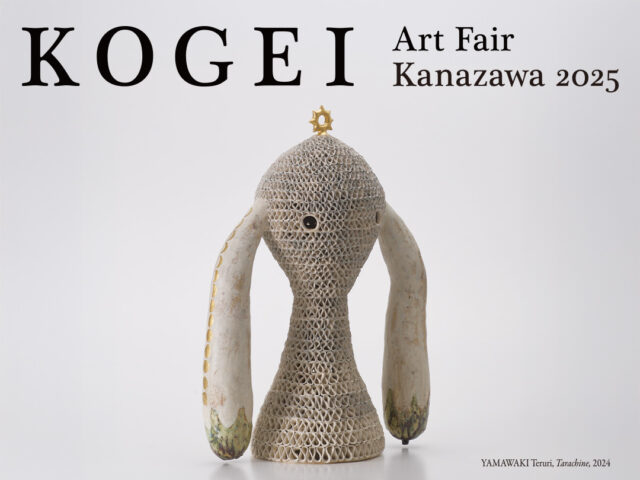“Craft Competition in Takaoka, Tokyo Exhibition” Will Be Held in Marunouchi
Featured Exhibitions & Events VOL.51
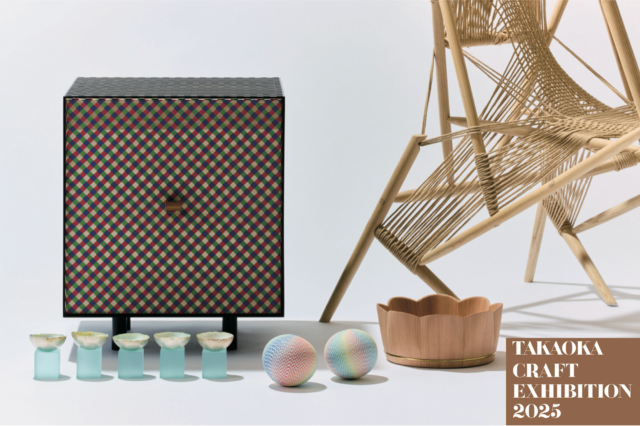

VOL.1-51
Update

VOL.1-23
Update

VOL.1-25
Update
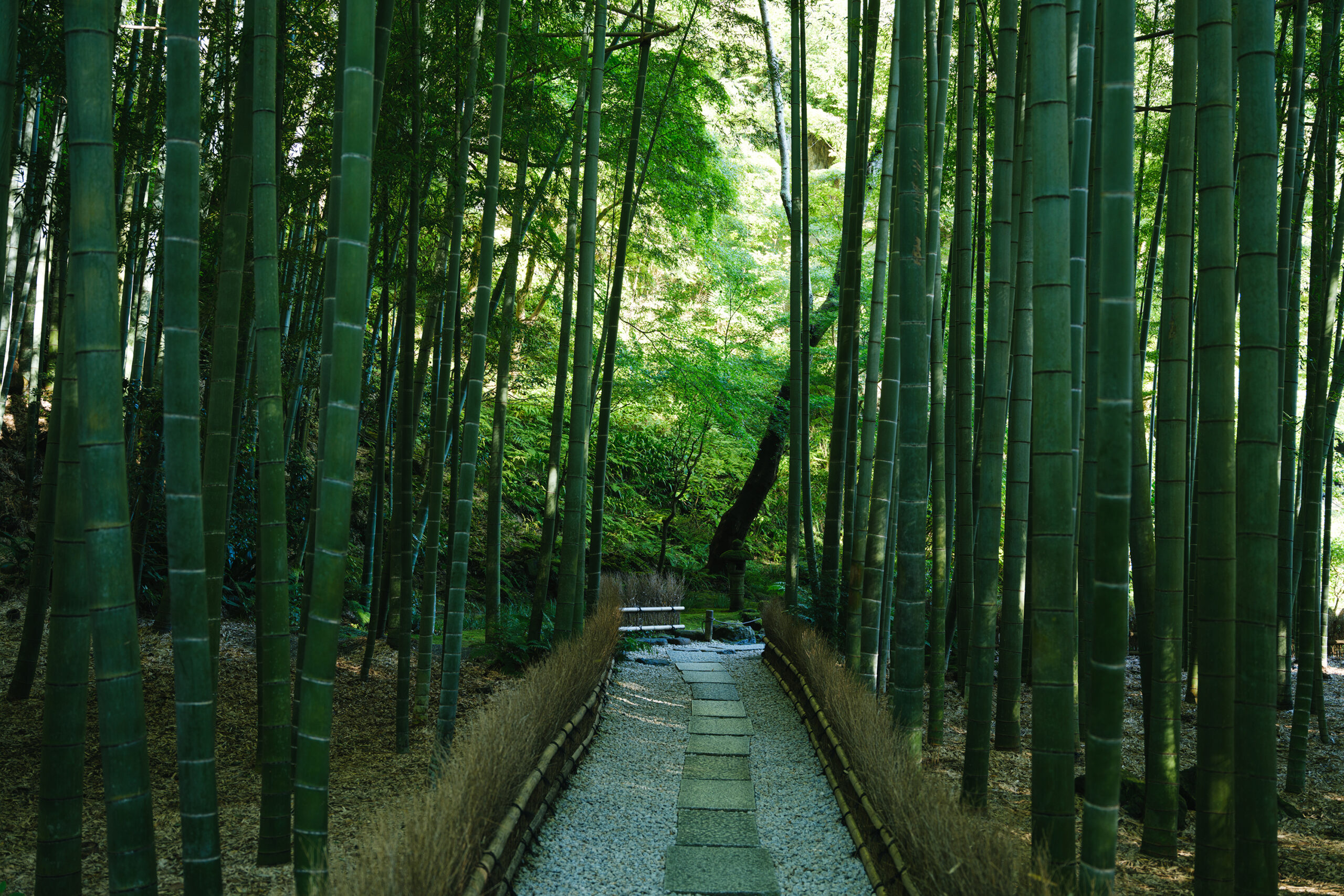
VOL.1-3
Update
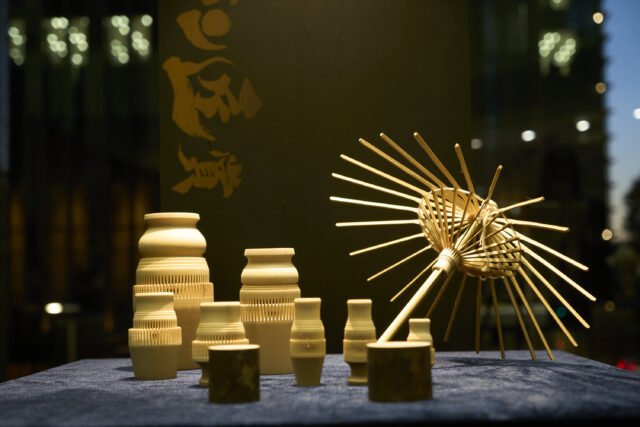
VOL.1-27
Update
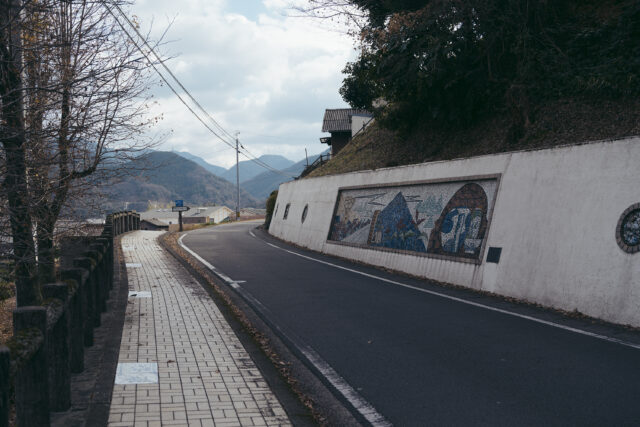
VOL.1-4
Update
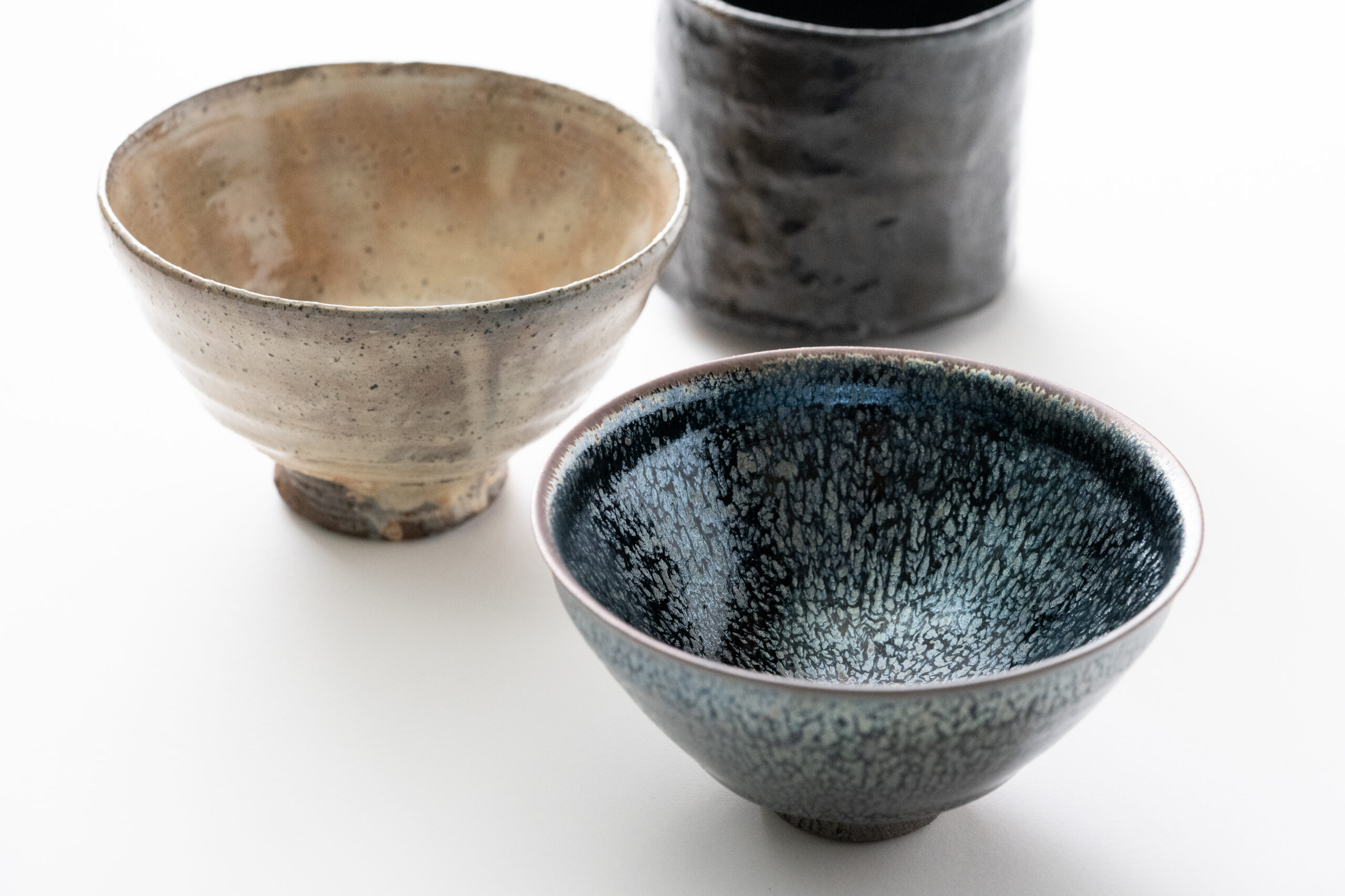
VOL.1-3
Update

VOL.1
Update
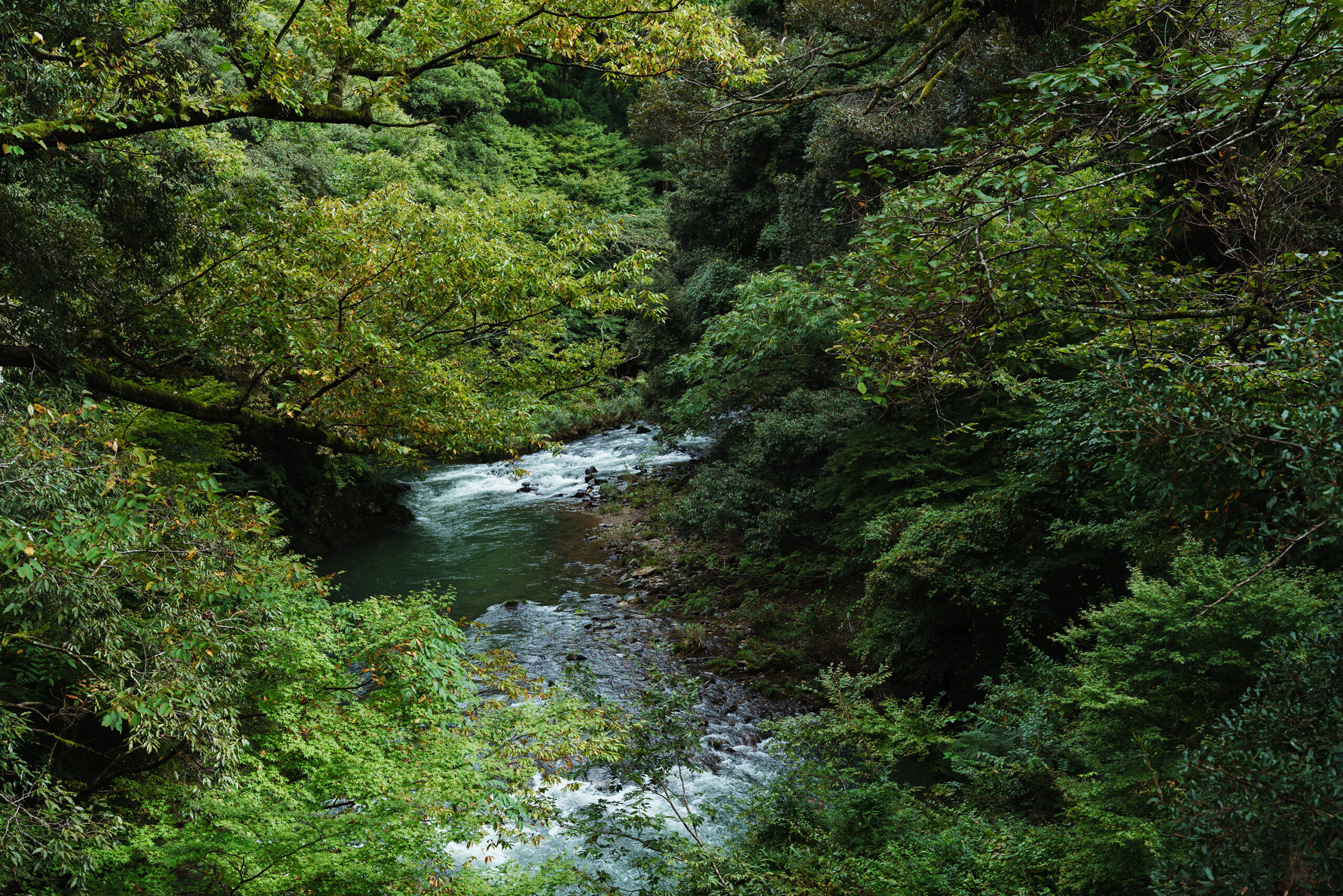
VOL.1-7
Update
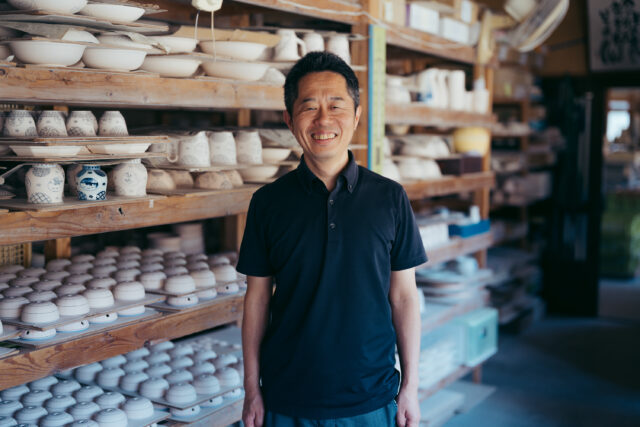
VOL.1-32
Update
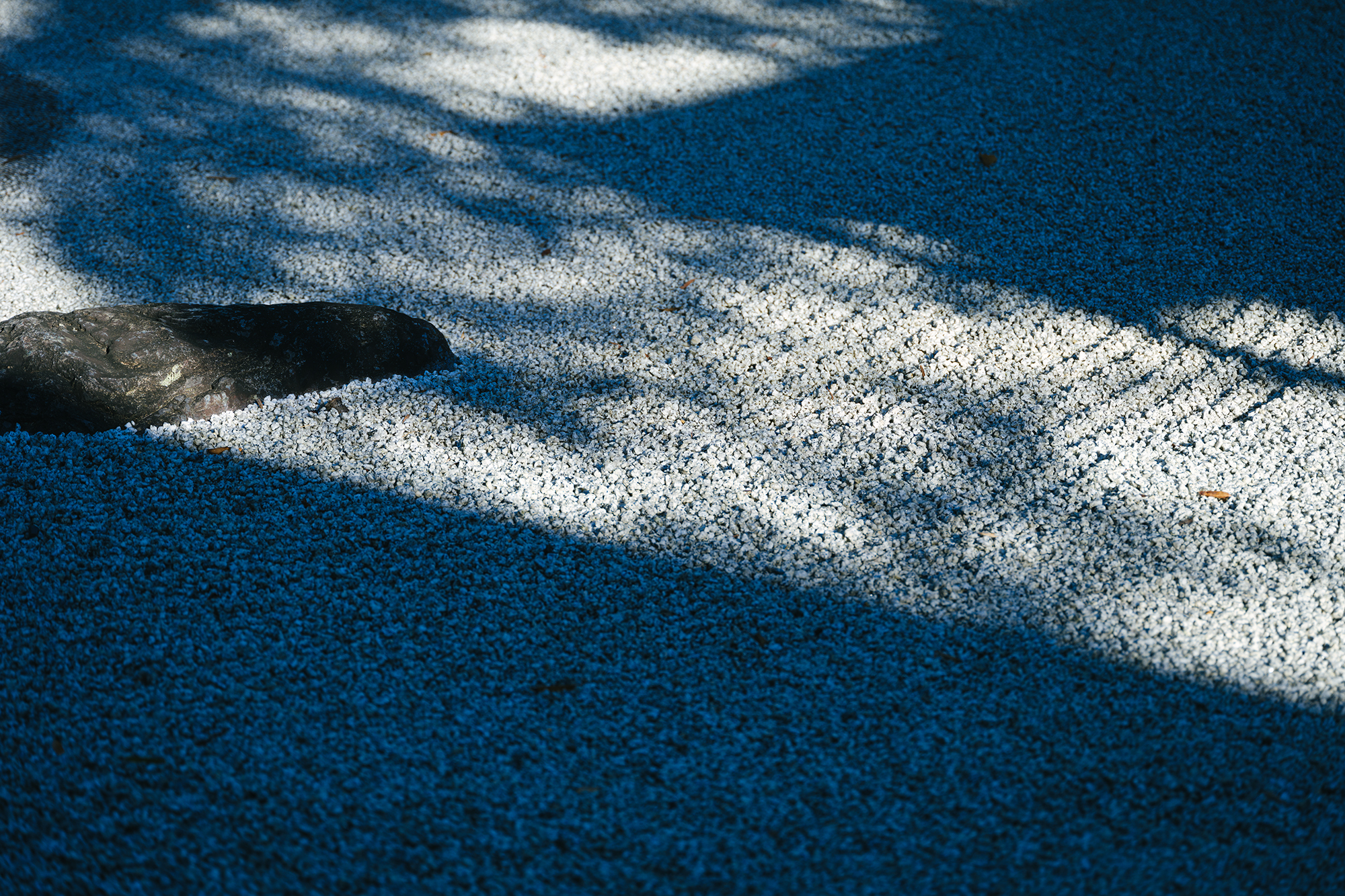
VOL.1-12
Update
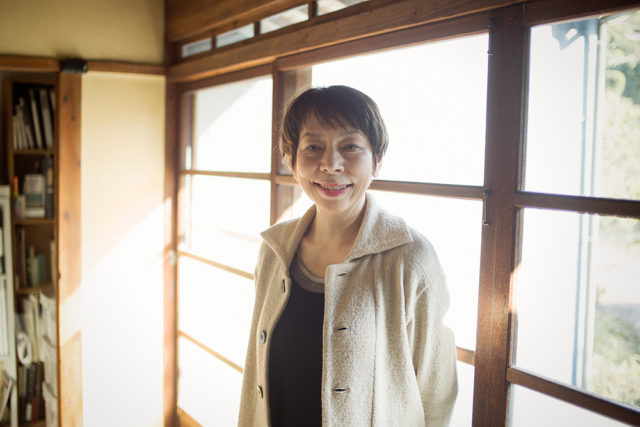
VOL.1
Update
We share a variety of information and perspectives on Japanese crafts, including exhibition information and interviews.
Featured Exhibitions & Events VOL.51
New Products VOL.23
KOGEI Topics VOL.25
Featured Exhibitions & Events VOL.50
Dec 9, 2025 – Mar 1, 2026
National Crafts Museum
Dec 20, 2025 – Feb 1, 2026
Nezu Museum
Dec 24, 2025 – Jan 5, 2026
Nihonbashi Mitsukoshi
Dec 26, 2025 – Jan 14, 2026
WAKO B1F ARTS & CULTURE

Joshua Koubou is a Tobe ware studio that traces its roots to Keisen-gama Kiln, established by Keisen Takenishi and now marking its 60th anniversary. In the early years and during Japan’s economic bubble, the studio focused on producing and selling simple sometsuke blue and white porcelain. However, after the bubble burst, the prosperous times came to an end, and by the year 2000, when the second generation owner, Yoshito Takenishi, took over the family business, the studio was facing serious financial difficulties.
It was precisely during these tough times that Yoshito chose to move forward with optimism. He began experimenting with various new products and actively studied branding and product development. Through this journey of exploration and dedication, the studio eventually created what would become its signature collection: the Joshua Blue series.
The refreshing blue and white patterns known as sometsuke are one of the most iconic features of Tobe ware. Yoshito himself has long been drawn to the color blue and felt a strong desire to explore and create a blue that was uniquely his own.
He began by collecting more than ten types of stones from nearby mountains, crushing them and blending them with cobalt to develop his own original gosu (a traditional blue pigment). Through countless trials, he succeeded in creating a shade of gosu blue unlike any other. Initially, he applied the gosu by hand using a brush. However, as an artist who also creates individual works, he decided to adapt the technique of fukitsuke, in which he sprays glaze onto the surface. By doing so he was able to achieve a delicate, smooth gradation of blue. This process ultimately led to the creation of the Joshua Blue series. It was around ten years after the pursuit of the ideal blue began. That was when it gained popularity at a ryokan in Dogo Onsen, and the demand for “Joshua Blue” gradually began to grow. The studio is now actively developing collaborative products with other Tobe ware kilns, expanding the possibilities of their work even further.
Another distinctive aspect of Joshua Koubou is its commitment to elevating Tobe ware to where it is seen not only as everyday tableware, but also as premium ceramics. The studio is now exploring opportunities to introduce its work to restaurants both in Japan and overseas. “Japanese craftsmanship is truly among the best in the world. I believe it reflects the refined sensibility that is characteristic of the Japanese people. I hope others will come to recognize and appreciate that,” says Yoshito.
The studio also hosts informal study sessions on days when more staff members are present. “We talk about what ceramics really are, and the intention behind our creations. In the future, I’d also like to discuss how we run the business,” he explains. “I want our younger staff to learn how to use AI as well. If we think creatively about how to use these tools more effectively, I believe we can open up new possibilities in our work.”
By staying attuned to the changing times, Joshua Koubou continues to seek new ways to create value through its craft.
